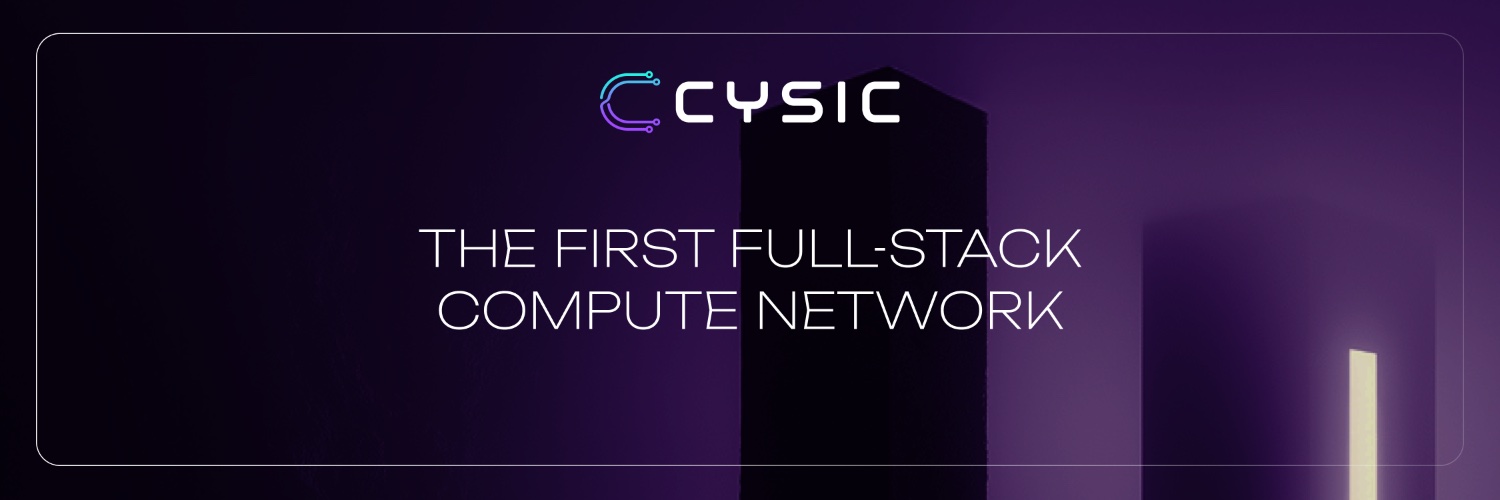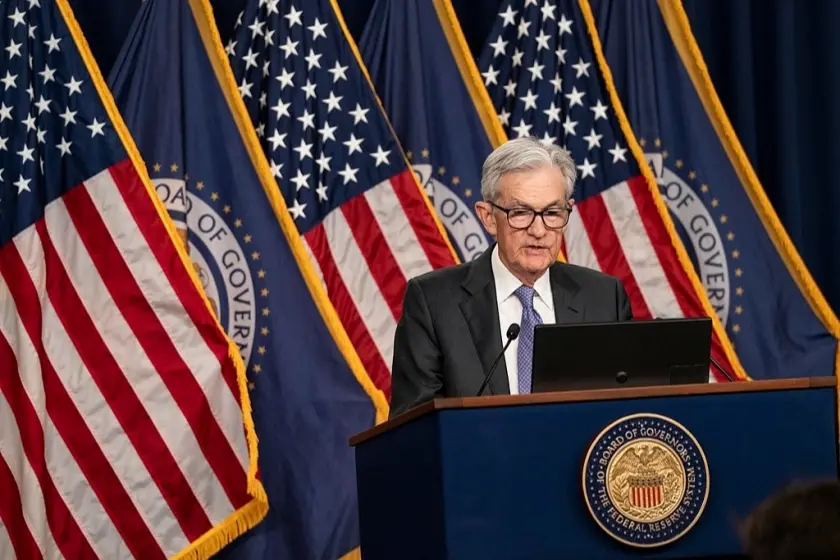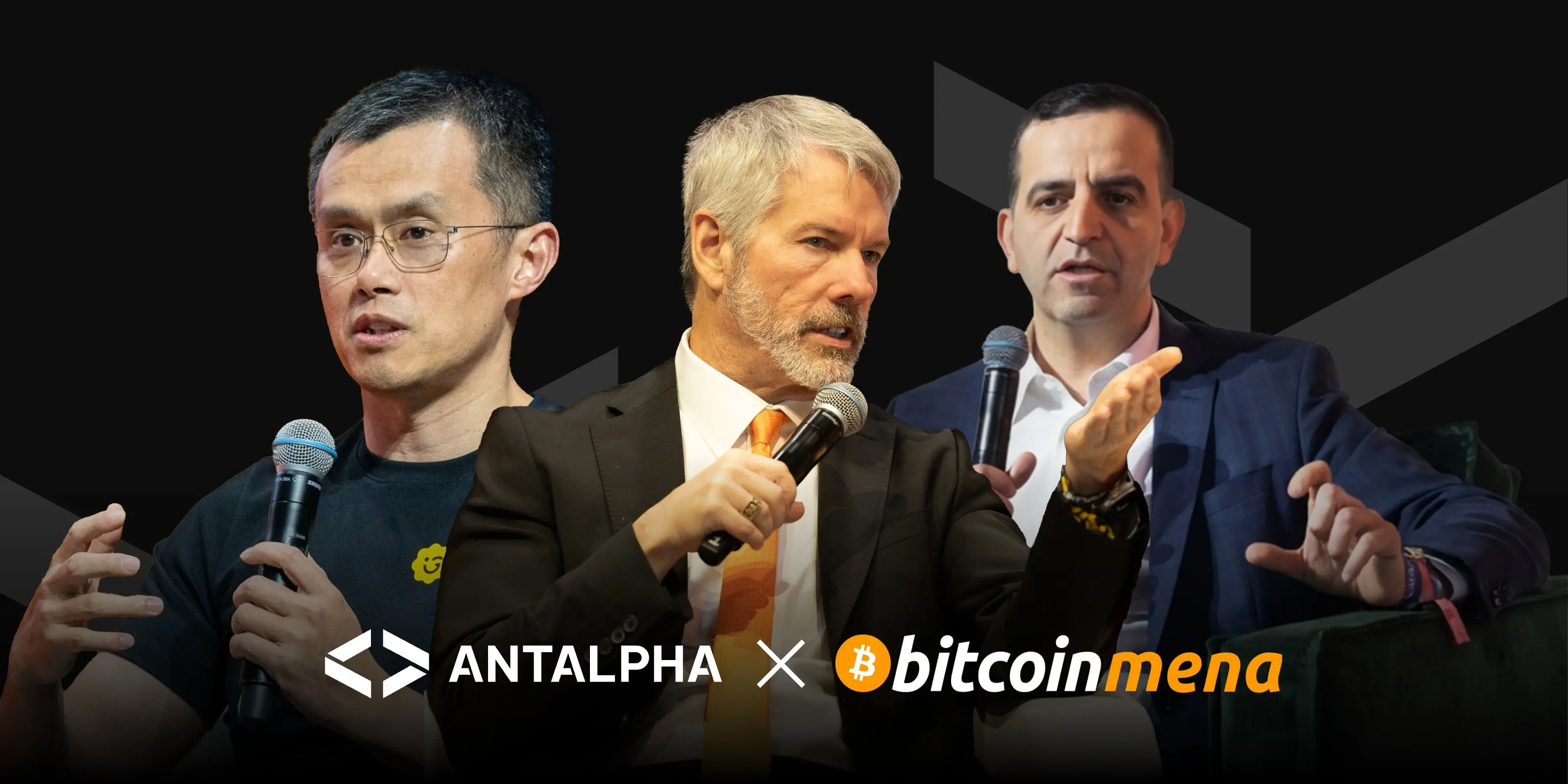French bank ODDO BHF has launched the euro stablecoin EUROD on the Polygon network, while the China Digital RMB International Operations Center has been launched in Shanghai. Traditional finance is accelerating its blockchain deployment with different strategies.
Traditional financial institutions are quietly making breakthroughs in the blockchain sector. From established European banks to Asian central banks, from stablecoins to central bank digital currencies, a full-scale competition over digital asset sovereignty and control has begun.

01 On-chain Charge of European Banking
French ODDO BHF Bank, a financial giant with a 175-year history, has recently made a strategic decision—to launch the fully compliant euro stablecoin EUROD.
● This is a decisive pivot by a “century-old institution” managing over 140 billion euros in assets, marking the shift of blockchain finance from the periphery to the mainstream.
● Compliance is the most prominent feature of EUROD. This stablecoin strictly follows the EU’s Markets in Crypto-Assets Regulation (MiCA) framework, which came into effect this year. This means it must maintain a 1:1 euro reserve and ensure redeemability, while also being subject to strict governance and transparency oversight.
● In terms of technology, ODDO BHF has taken a pragmatic approach, partnering with infrastructure provider Fireblocks to issue EUROD on the Polygon network, aiming for faster and lower-cost transaction experiences.
● EUROD will be listed on Madrid-based crypto exchange Bit2Me, which is backed by Spanish telecom giant Telefonica and banking institution BBVA.
02 Global Digital Currency Development Landscape
The deployment of traditional financial institutions in the blockchain sector is showing a multipolar trend. The following key developments depict the vibrant landscape of global on-chain finance:
Region/Institution | Progress Overview | Strategic Features |
EU | ODDO BHF, Société Générale, and others launch euro stablecoins | Relying on the MiCA regulatory framework, emphasizing compliance and standardization |
China | The Digital RMB International Operations Center operates in Shanghai, launching three major platforms | State-led, systematically advancing cross-border payment and digital asset platform construction |
USA | Institutions such as JPMorgan expand stablecoin applications | Market-driven, private sector innovation and regulatory frameworks develop in parallel |
International Coordination | Multilateral central bank digital currency bridge projects advance | Exploring interoperability of digital currencies across jurisdictions |
Data source: Compiled by AiCoin
03 Differentiated Strategic Paths
The digital financial strategies of the EU and China present distinctly different logics.
Europe is taking the path of “private sector-led, regulation-first”.
ODDO BHF’s EUROD stablecoin is fully compliant with MiCA regulations, aiming to meet the needs of institutional and retail users seeking instant, secure, and transparent on-chain euro transactions. By launching euro-pegged digital assets through regulated banking institutions, ODDO BHF hopes to meet the growing demand for payment solutions that connect traditional banking with modern technology.
China, on the other hand, has chosen a “state-led, systematic advancement” approach.
In September 2025, the Digital RMB International Operations Center officially began operations in Shanghai, launching three major business platforms—the Digital RMB Cross-Border Digital Payment Platform, the Digital RMB Blockchain Service Platform, and the Digital Asset Platform. The Digital RMB Cross-Border Digital Payment Platform uses peer-to-peer payment technology to achieve near-instant fund settlement, reducing the traditional cross-border payment cycle from several days to seconds.
04 A Panoramic Analysis of the EUROD Stablecoin
ODDO BHF’s EUROD stablecoin represents a typical approach for European traditional finance to expand into the blockchain sector. Its core features are as follows:
Feature Dimension | Specific Information | Strategic Significance |
Issuing Institution | French ODDO BHF Bank (175 years of history) | Leverage traditional financial credibility to attract institutional investors |
Asset Backing | Pegged 1:1 to the euro | Complies with MiCA regulatory requirements, ensuring stability and redeemability |
Technical Network | Issued on the Polygon blockchain | Balances transaction speed and cost, targeting practical applications |
Compliance Status | Compliant with the EU MiCA regulatory framework | Compliance first, avoiding regulatory uncertainty |
Initial Exchange | Spanish exchange Bit2Me | Focus on the European market, gradually expanding influence |
Core Partners | Fireblocks, Flowdesk | Leverage professional partners to fill technical capability gaps |
Source: Compiled by AiCoin
05 Strategic Intent and Drivers
Behind these seemingly scattered initiatives lies the carefully considered strategic layout of traditional financial giants.
● Contesting monetary sovereignty has become a top priority for European institutions. European Central Bank President Lagarde has previously warned that foreign stablecoins lacking “sound equivalent regulatory mechanisms” could trigger reserve runs in the eurozone.
With USD stablecoins holding an absolute dominant position, compliant euro stablecoins such as EUROD aim to regain monetary control in the digital era.
● Improving financial efficiency is another key driver. The Digital RMB Cross-Border Payment Platform uses peer-to-peer payment technology to reduce the traditional cross-border payment cycle from several days to seconds, and significantly lowers channel fees by simplifying transaction chains.
Similarly, ODDO BHF’s choice of the Polygon network is based on its faster and lower-cost transaction capabilities.
● Addressing fragmentation challenges is also urgent. The global digital asset sector currently faces governance issues of “fragmentation and insufficient synergy.”
The EU is creating a unified regulatory space through MiCA regulations, while China is building standardized technical interfaces and regulatory nodes through the Digital RMB Blockchain Service Platform, achieving organic integration between different blockchain networks and the digital RMB system.
06 Future Trend Outlook
The entry of traditional financial institutions is changing the ecosystem of blockchain finance.
● Sovereign digital currency competition will become increasingly fierce. With the establishment of the Digital RMB International Operations Center and the implementation of the EU MiCA regulations, sovereign digital currencies have become one of the core areas of financial competition and institutional rivalry among nations.
● Cross-border payments have become a key breakthrough point. The advantages of blockchain technology in cross-border payments are particularly evident. The Digital RMB Cross-Border Digital Payment Platform, by participating in multilateral central bank digital currency bridge projects, promotes interoperability of digital currencies across jurisdictions.
● Hybrid models may become mainstream. Between full decentralization and full centralization, a middle path is emerging—the China Digital RMB Blockchain Service Platform adopts a regulated consortium chain architecture, providing compliant digital RMB payment interfaces for blockchain applications through unified API specifications and smart contract standards.




